Check in and Sailing - Puerto Montt
Check-in is available from 9:30 am to 1:00 pm in our offices located at Holiday Inn
Express Hotel located in Juan Soler Manfredini Ave. S/N, First Floor, Costanera Mall
You can drop your luggage and our ground personnel will keep it until boarding starts.
All passengers shall embark at 2:00 pm. We will guide you in loading your vehicle if
you are traveling with one.
Once onboard, crew members will give a welcome talk and additional information for a safe and fun journey. Departing at 4:00 pm and sailing through the Patagonian Fjords, with final destination Puerto Natales.
Day 1: Puerto Montt
Departing at 4:00 pm the adventure begins in the Reloncaví Sound, Gulf of Ancud, in the evening we enter the Apiao Channel and then the Gulf of Corcovado.
Day 2: Moraleda Channel - Ocean Area - Golfo de Penas
At dawn we sail through the southernmost part of the Gulf of Corcovado, The Captain,
according to the weather ,tidal current information of the channels and the positions
of celestial bodies such as the Moon and Sun, shall decide the most appropriate route to continue the journey, having among others, the following choices for going out
into the open ocean: 1.- Boca del Guafo, 2.- Ninualac Channel, 3.- Pulluche Channel.
There is also the possibility of accessing other channels, depending on the visibility conditions and traffic of other ships. If he decides to go into the open sea through the Boca del Guafo, we will immediately sail between the Archipelago de los Chonos and Isla Guafo, to quickly enter the Ocean Area.
If the choice is to go through the Ninualac Channel, sailing all morning through the Moraleda Channel, we will approach Tuap Island, where we will turn towards the West and begin to navigate through the Ninualac Channel, entering the open sea in the afternoon.
On the other hand, if he decides to sail through the Pulluche Channel, we will pass through the Moraleda channel, a transit area for remarkable sailors and canoeists from the Los Chonos and Chiloé Archipiélagos, to later sail the Errázuriz Channel and then the Chacabuco Channel, to later enter the Pulluche Channel - the most lush in vegetation (Lenga or Southern Beech and Patagonian Cypress forests), and with luck, we will see marine bird, sea lions, and native dolphins called “Toninas”.
In the evening we will start sailing though the open sea in the area immediately north of the Golfo de Penas, to enter it at night. The open ocean crossing lasts about 12 hours with good weather and it is possible to see humpback, Minke, and blue whales (depending on the time of year and the weather).
Day 3: Bajo Cotopaxi - Puerto Eden
We wake up sailing through the fjords and crossing the Messier Channel with a depth
of 1,270 meters, the deepest of the zone; in this channel we will be able to see the
cargo ship Capitán Leonidas, which has been shipwrecked since the 1970’s on a
sunken islet called “Bajo Cotopaxi”. This ship is presently used as a lighthouse and
reference point for sailors.
Later we will cross the English Narrows, to reach the village of Puerto Edén where the last indigenous Alacalufes reside. Puerto Edén is located on Wellington Island, which forms part of the Bernardo O’Higgins National Park, the largest in Chile.
After a short stay in this port (only for residents embarkation purposes) we start sailing through the Patagonian channels, called Paso del Indio, Paso del Abismo, the Wide, Concepción, Inocentes Channels, Guía Narrows, Sarmiento Channel, Farquar Pass, Collingwood Narrows, Unión Channel, Sobenes Pass (the southernmost of the route), Escobar Doxrud Pass, and Morla Vicuña Channel.
Day 4: Angostura White - Puerto Natales
In the early morning we will sail through the Santa Maria Channel, to then reach the
narrowest pass of the route, Angostura White, called “While Narrow”, only 80 meters
wide. Later we will navigate across the Unión Sound to then enter the access channel
to the city of Puerto Natales, where our great adventure comes to an end.


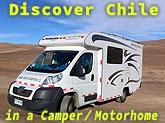



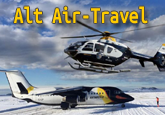


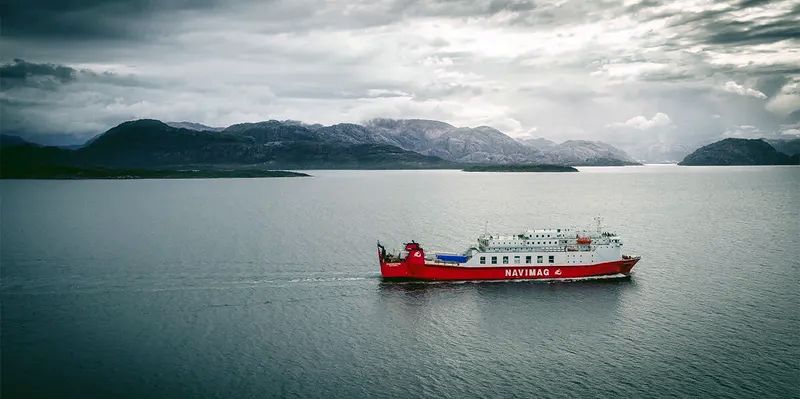
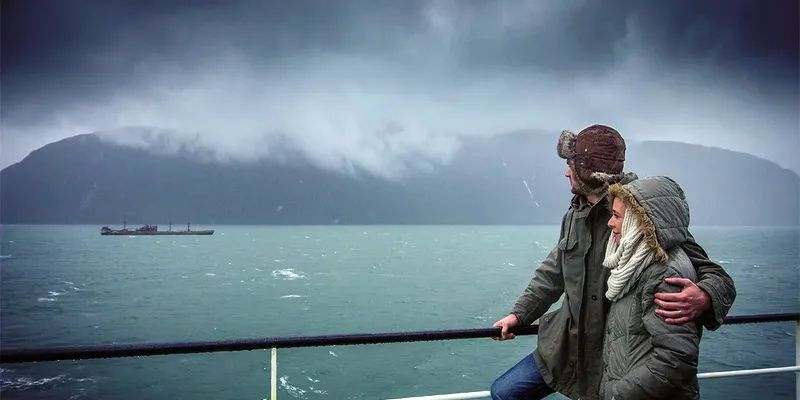
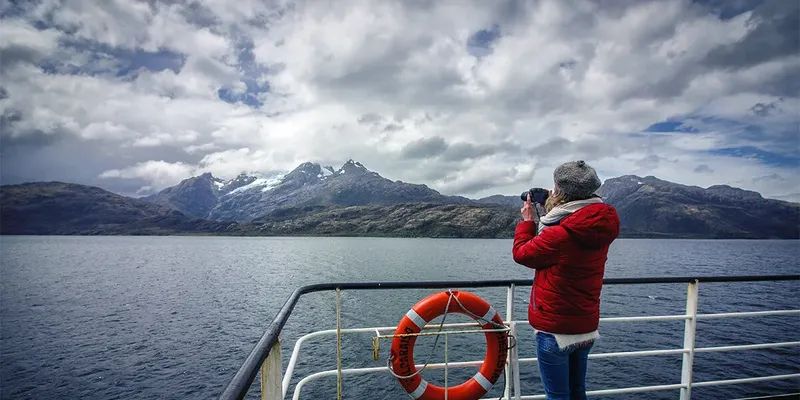
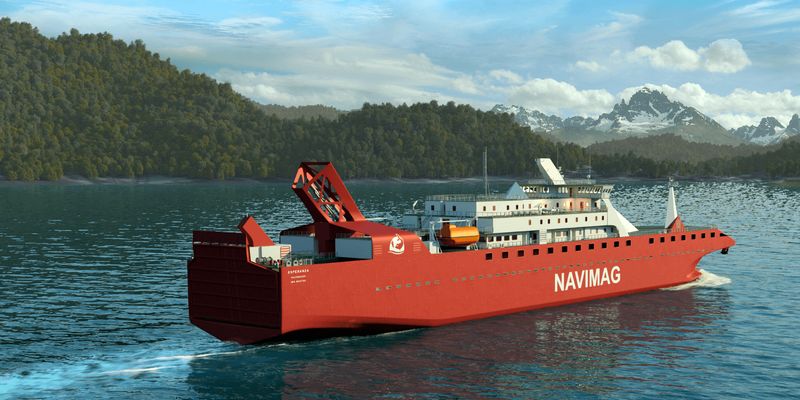
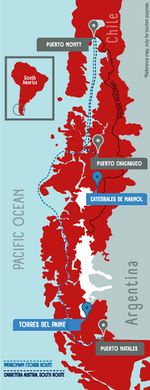
 Webmasters:
Tasman Web Developers,
Webmasters:
Tasman Web Developers,  Hosting: Dreamhost
Hosting: Dreamhost